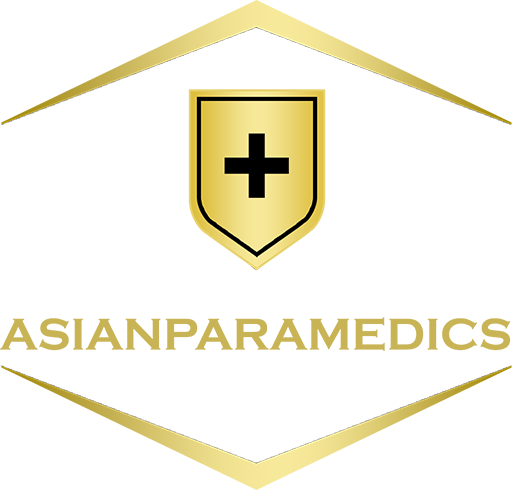HEMOSTASIS
Hemostasis is derived from Greek word Haima i.e. blood and stasis i-e stagnant, meaning stoppage of bleeding. It is the process to arrest bleeding at the site of injury and to maintain blood in fluid state in closed vascular system.


Phases of hemostasis
Hemostasis occurs in 4 phases:
1. Vascular spasm: Damaged blood vessels
2. Platelets plug formation: Platelets adhesion and aggregation
3. Blood coagulation factors: Clot formation
4. Activation of series of control mechanisms: Inhibitors and fibrinolytic system

PLATELETS STRUCTURE
Structurally platelets are divided into three zones.
1. Surface membranous structure: Phospholipid bilayer and large number of glycoproteins.
• GP Ia, Ic, IIb-IIIa complex and GPIb-IX-V complex are messential for the normal functioning of platelets.
• Glycocalyx is outer surface of plasma membrane, interacts with plasma and cellular components of blood and blood vessels.
• Sialic acid present on the surface of the platelets produces negative charge.
2. Cytoskeletal Zone
• Platelet membrane and open canalicular system of resting platelets are supported by a highly structured cytoskeletal system.
• This system consists of elongated spectrin strands that are interconnected by actin filaments.
• Microtubules located under the platelet membrane play an important role in platelet formation from megakarocyte and maintain the discoid shape of platelets.
3. Granular Zone: α granules, Dense granules, Lysosomes granules and Peroxisomes.
FUNCTIONS OF PLATELETS
1. Role of platelets in primary hemostasis

2. Platelets pro-coagulant activity
• Vascular injury activates coagulation cascade resulting in the formation of tenase (IX,VIII,Xa) and prothrombinase complexes (Xa,Va,IIa).
• Platelet surface also protects activated coagulation factors from inactivation by their natural inhibitors
• Platelet factor 4 (PF4) has anti-heparin activity.
• Fibrinogen released from platelets contributes further in the thrombus formation.
3. Maintenance of vascular integrity
• Platelets not only form hemostatic plug at the site of injury, they also repair and nourish the damaged endothelium.
• PDGF found in the α granules of platelets stimulates vascular smooth muscle cells to multiply and this may hasten vascular healing following injury.
• They also play an important role in inflammation, host defense, suppression of tumor growth and metastasis and many others.
COAGULATION SYSTEM
• Plasma contains coagulation proteins in soluble form which after activation play a major role in secondary homeostasis.
• Definitive hemostasis is achieved when fibrin is added to the platelet mass and platelets induced clot retraction.
• Coagulation factors are twelve in number and are designated with Roman numeric’s coagulation factors


• FVI term is not used anymore as it was found that it is activated form of FV.
• Other factors of coagulation are Fletcher factor which is also known as prekallikrein and Fitzgerald factor also known as high molecular weight kininogen (HMWK).
• All these factors together coagulate blood through a cascade known as classical pathway.
• It is also known as in vitro pathway or lab diagnostic pathway as this pathway also activates when coming in contact with a glass tube
COAGULATION PATHWAYS
The classical pathway is further divided into three pathways
1. Intrinsic Pathway
2. Extrinsic Pathway
3. Common Pathway
1. Intrinsic Pathway
• Components of this pathway are present in the bloodstream, hence named ‘’intrinsic pathway’’ that includes FXII, XI, IX, VIII, HMWK and prekallikrein.
• The time for activation of this pathway is prolonged than that of extrinsic pathway
• For its activation, the blood must have direct contact with a foreign surface, such as a glass tube or a damaged vessel wall
2. Extrinsic Pathway
• The name extrinsic is derived from that, the activation of this pathway requires a factor not normally present in the blood.
• It is present, however, in most cells of the body.
• This factor is known as tissue factor (tissue thromboplastin or FIII) and usually is released only upon cell injury
• FIII is released to the bloodstream where it binds to F VIIa and Ca++.
3. Common Pathway
• The common pathway performs its function in three steps:
1. Activation of FX
2. Conversion of prothrombin to thrombin
3. Polymerization of fibrin
• Coagulation factors involved in common pathway is FX, FV, FII, F1 and FXIII.


